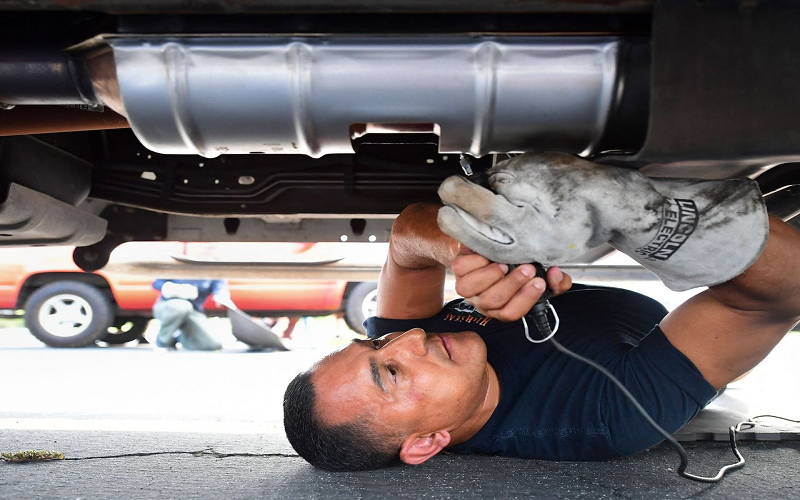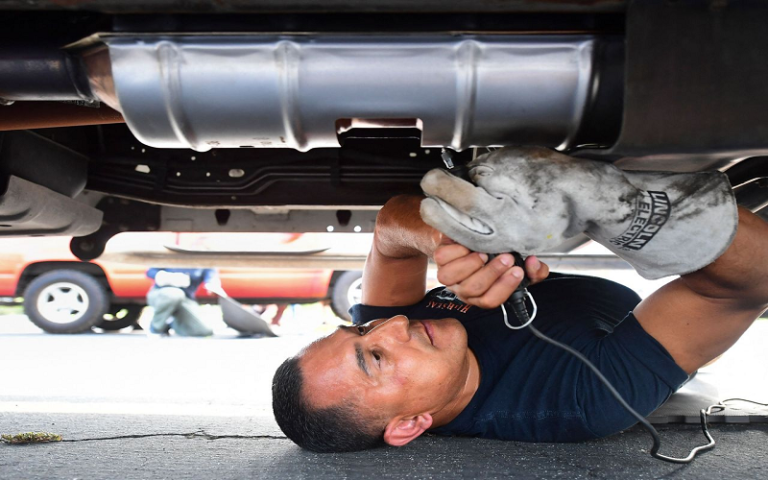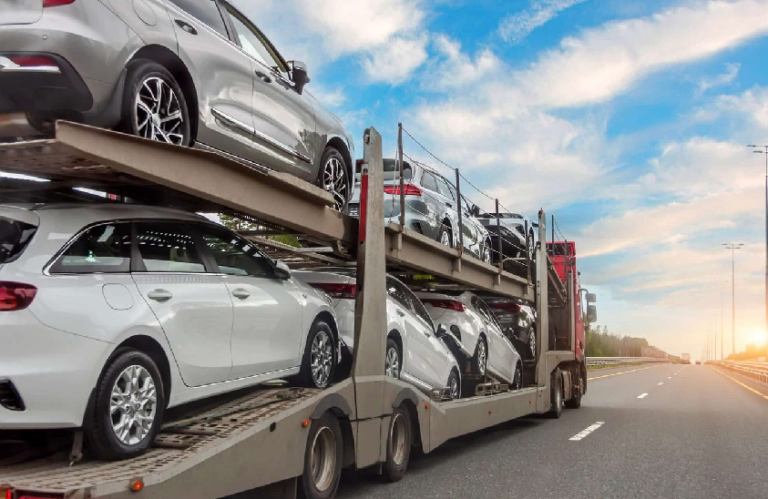Recycling catalytic converters is a crucial procedure that lessens environmental effects and aids in the recovery of important metals. These converters are significant commodities in the recycling sector because they include precious metals such as rhodium, palladium, and platinum. In this post, we’ll outline the whole catalytic converter recycling process, from collection to metal recovery.
1. Collection
Gathering old converters is the initial stage in the recycling process for catalytic converters. End-of-life cars, auto repair shops, scrap yards, and recycling facilities are good sources for these. Collectors frequently purchase used converters, depending on the metal content and condition.
2. Decanning
Once the converters are gathered, they undergo a decanning procedure. The outer shell must be removed to reveal the substrate and the precious metal catalyst within. Usually constructed of mild steel or stainless steel, the casing is taken apart to allow for further processing of the important components.
3. Shredding/Crushing
The substrate—typically a metallic or ceramic honeycomb structure—is crushed or shredded after decanting to maximise the surface area for metal extraction. This step is essential to maximising metal recovery during further processing.
4. Recovery of Precious Metals
Precious metals are extracted from the substrate using various techniques. Chemical leaching is one popular technique that dissolves the metals by treating the crushed material with acids or other chemicals. Another technique is thermal processing, which involves heating the substrate to a high temperature to separate the metals. Mechanical extraction techniques like milling or grinding can also be applied to remove the metals from the substrate.
5. Refining
After being extracted, precious metals are refined to remove impurities and reach high purity levels. Processes like electrolysis, precipitation, or distillation are frequently used in refining, depending on the kind of metals being recovered. Manufacturers can then purchase the refined metals to be used in new catalytic converters or other purposes.
6. Adherence to Environmental Guidelines
During the whole recycling process of catalytic converters, environmental compliance is crucial. Recycling facilities must follow regulations controlling the handling, transportation, and recycling of hazardous materials. To safeguard the environment and public health, appropriate waste management, emissions control, and pollution avoidance strategies must be enacted.
7. Reporting and Documentation
Recycling facilities frequently have to keep records of their reporting and paperwork to prove that they are in compliance with legal regulations. Records of material receipts, processing operations, emissions monitoring, and waste disposal procedures may fall under this category. Appropriate documentation guarantees transparency and accountability in the recycling process.
Conclusion
Recycling catalytic converters is a multi-step process that includes gathering, crushing, extracting, decanting, refining, and following environmental laws. Recycling limits emissions, energy use, and pollution while also preserving natural resources by recovering precious metals from converters that have reached the end of their useful lives. Knowing the procedures in the recycling of catalytic converters emphasises the value of appropriate waste management and the contribution of recycling to the advancement of a sustainable future.













+ There are no comments
Add yours